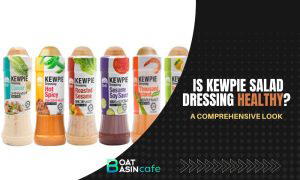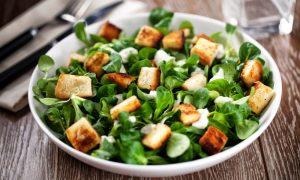
Kewpie Salad Dressing: A Comprehensive Look
Known for its distinct umami taste, Kewpie Salad Dressing sits atop the Eastern salad dressing domain. Its abiding popularity draws from its unique blend of

Known for its distinct umami taste, Kewpie Salad Dressing sits atop the Eastern salad dressing domain. Its abiding popularity draws from its unique blend of

When it comes to enjoying a delicious Caesar salad, one essential component is the creamy, tangy dressing that ties it all together. But for those